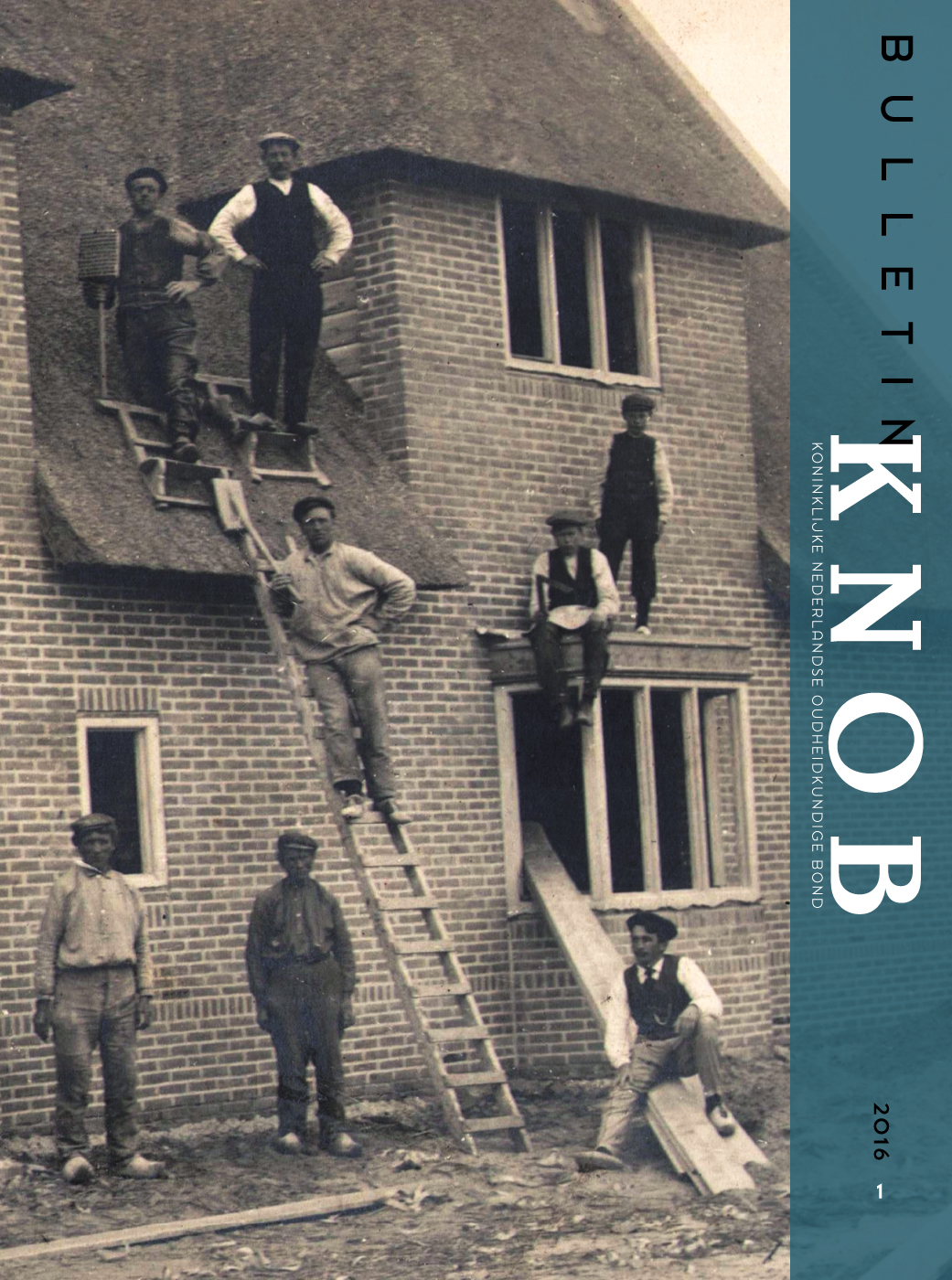Indexering ESCI / Scopus


Dolf Broekhuizen: Landhuis De Hoeve (1913) van Robert van ’t Hoff. Het Hollandse landhuis en de Moderne Beweging Hadrien Kockerols: Het praalgraf van Roermond. Archeologie van een tombe Pauline K.M. van Roosmalen en Maarten F. Hercules: Bouwen in turbulente tijden. Het werk van Ingenieurs-Bureau Ingenegeren-Vrijburg (IBIV) (1936-1957) Publicaties Thomas H. von der Dunk, Toren versus traditie De worsteling van classicistische architecten met een middeleeuws fenomeen (recensie Gabri van Tussenbroek) Esther Gramsbergen, Kwartiermakers in Amsterdam. Stedelijke instellingen als aanjagers van de ruimtelijke ontwikkeling, 1580-1880 (recensie Gerrit Vermeer)
This article seeks to determine the significance of the De Hoeve country house in the oeuvre of Robert van ’t Hoff (1887–1979), and in what way the design contributes to the development of a vernacular building style in the early history of the Modern Movement in the Netherlands. In De Hoeve, erected outside the built-up area of Noordwijk-Binnen in 1913, Van ’t Hoff explored the possibilities of combining the English country house style with a national (Dutch) building style. He borrowed the aesthetic of the farmhouse buildings in the surrounding area and translated it into a country...
Gerard van Gelre († 1229) and his wife Margaretha van Brabant († 1231) were the founders of a Cistercian convent in Roermond and as such were entitled to be buried in the city’s main church, the Munsterkerk. Their tombs are below the dome, in the crossing of a cloverleaf-shaped choir. An investigation of the underground burial chamber led to the conclusion that no mausoleum had been erected above the tombs at the time of burial. The princely couple were nevertheless honoured with a memorial in the form of stone statues, as was customary in the Romanesque period. The mausoleum that graces...
This article describes the work of Ingenieurs-Bureau Ingenegeren-Vrijburg (IBIV), an engineering firm located in Bandung (Indonesia). Founded by A.C. Ingenegeren and G.S. Vrijburg, IBIV was in operation from 1936 to 1957. In other words, the firm operated during the Dutch administration of the archipelago, under the Japanese occupation and in the newly independent Republic of Indonesia. What were the challenges for architects in the Dutch East Indies in general and for IBIV in particular? What were the design tasks and what did the designs look like? Did political changes affect the work...
Boekbespreking van een boek geschreven door Thomas H. von der Dunk.
Boekbespreking van een boek geschreven door Esther Gramsbergen.


open access mogelijk gemaakt door Stichting OpenAccess
